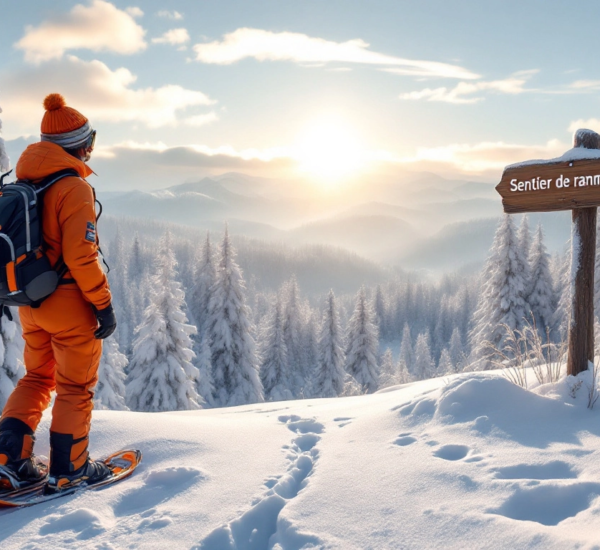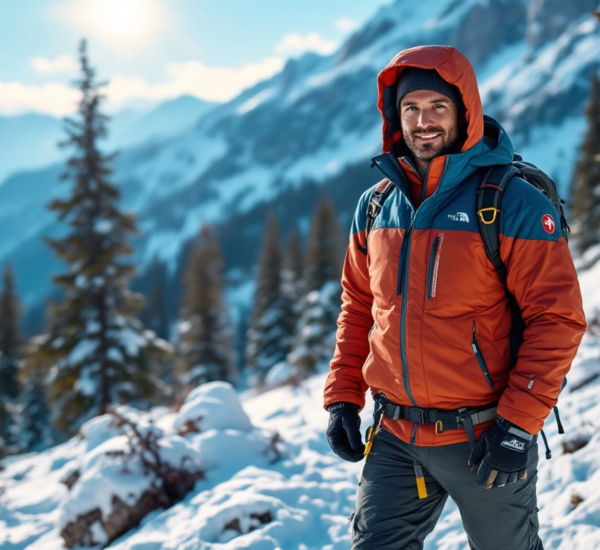Embarking on a solo hiking adventure can be an exhilarating yet contemplative journey. By following strategic tips to ensure safety and enjoyment, you can experience the wonders of nature alone, confidently embracing every rustling leaf and tranquil breeze. In this guide, we offer expert advice on how to navigate the trails securely and create unforgettable memories.
Table of Contents
- Introduction
- Essential Preparations
- Safety Tips for Solo Hikers
- Gear and Supplies
- Navigation Techniques
- Creating Lasting Memories
- Conclusion
- FAQs
Essential Preparations for Solo Hiking
Before heading out on a solo trip, thorough preparation is vital. Here are some crucial steps to consider:
Selecting the Right Trail
Choosing a trail that matches your experience and fitness level is crucial.
- Research trails known for safety and maintained conditions. Websites like AllTrails offer comprehensive reviews.
- Consider starting with well-traveled paths if it’s your first solo hike.
Informing Others of Your Plans
Always inform a friend or family member of your itinerary. Include:
- Your expected start and finish times
- The trailhead and route you intend to follow
- Emergency contact details
Safety Tips for Solo Hikers
Being aware of your surroundings and possible dangers is key to safe hiking. Consider these safety strategies:
Stay on Marked Trails
While the lure of an untouched path is enticing, stray trails can pose hazards like unstable terrain and wildlife encounters. Always stick to marked paths.
Weather Considerations
Before your hike, check the forecast and prepare accordingly.
- Dress in layers to adjust to temperature changes.
- Postpone your trip if extreme weather is expected.
Gear and Supplies
Having the right gear can make a significant difference in your hiking experience.
Backpack Essentials
Ensure your backpack is lightweight yet equipped with essentials:
- Water and water purification tablets
- Non-perishable snacks
- First aid kit with a focus on blister prevention
Tech Tools and Navigation
While getting back to nature is key, some technology enhances safety:
- GPS device or a reliable map and compass
- Portable phone charger
Navigation Techniques
Mastering basic navigation can prevent mishaps, especially when solo hiking.
Understanding Trail Signs
Become familiar with national trail symbols. Many trails use universally recognizable signs indicating difficulty and distance.
Using Natural Landmarks
Learn to use natural landmarks for orientation, reducing reliance on technology, which can fail.
Creating Lasting Memories
Documenting the experience can enrich your solo hiking accomplishments:
Photography and Journaling
Bring a lightweight camera or use your smartphone to capture moments. Additionally, a small journal is perfect for jotting down thoughts and sketches of scenery.
Embracing the Moment
Spend moments in mindfulness, absorbing the tranquility of nature.
Conclusion
Nature alone offers an introspective journey filled with wonder and discovery. By adequately preparing and being mindful of safety, you can embark on a hiking adventure that not only strengthens your spirit but also ignites a passion for exploration.
Ready to lace up your boots and head into the wilderness? Start by exploring our Comprehensive Hiking Gear Guide for more insights on gearing up for your next adventure.
FAQs
1. Is solo hiking safe?
Solo hiking can be safe if you take the necessary precautions like informing someone of your plans and choosing trails wisely.
2. What should I do if I encounter wildlife?
Stay calm, do not approach or provoke the animal, and slowly back away. Making noise or appearing larger can deter interactions.
3. How much water should I carry?
Aim for at least 2 liters per person per day, adjusting for duration and intensity of the hike.




